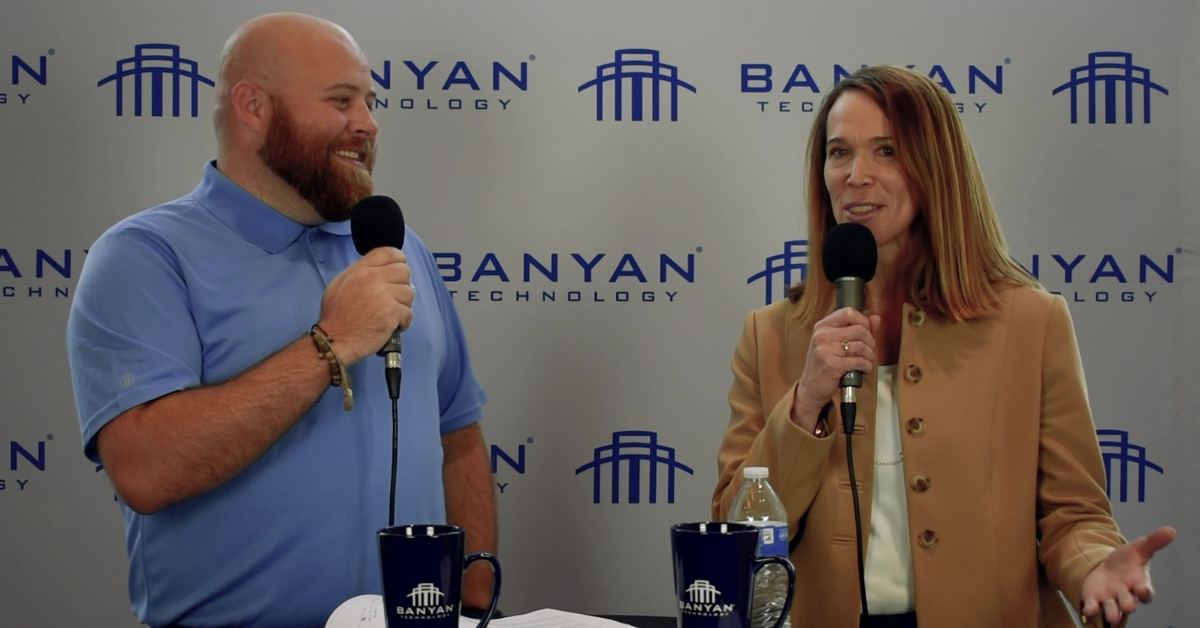Last week, thousands of Taylor Swift fans were booted from online queues while trying to purchase pre-sale concert tickets from Ticketmaster when the site crashed due to overwhelming capacity issues. Making matters worse, the national ticket seller opted to cancel plans to open ticket sales to the public later in the week.
Category: supply chain
TIA President and CEO Addresses ‘Not-So-Peak’ Season in Tire Tracks Podcast
Advantages of a Multi-Mode Technology Solution During Any Shipping Season
As inflation hits industries across the country, the supply chain continues to see rising costs impact shipping due to current economic conditions. Fuel prices remain elevated and carrier rates continue to rise. According to CNBC, the supply chain is improving and past the worst, but rates will remain well above pre-pandemic levels for the rest of 2022.
Heading into what is typically known as “peak” shipping season, 3PLs and Shippers are seeking ways to counter the rising carrier rates and fuel surcharges. They are finding the best way to do so is to implement or switch to an innovative technology solution that allows them to rate and execute shipments from a single screen.
Adjusting to the New Norm: Top 5 Ways to Manage Any Shipping Scenario
“If there’s one thing that’s certain in business, it’s uncertainty.” That saying can be applied to the supply chain, especially over the past few years with the unpredictability and disruptions on a global level. As things continue to change and evolve into “peak” shipping season in the U.S., Shippers and 3PLs who manage over-the-road (OTR) shipping continue to struggle to manage the disruptions which have become the new “norm”.
Top 3 Components for Ensuring Successful Client Experiences
Digital Solutions for Managing Exceptions in Freight
Shippers and 3PLs must remain agile to adjust for fluctuations in the supply chain. The ever-changing shipping environment continues to experience significant disruptions affecting shipping in the U.S. with no end to the constraints and issues in sight. To remain competitive and profitable, you need a solid freight exception management plan and technology solution to help you work through current and future issues in the supply chain.
Preparing for the Impact of the Canadian Convoy Blockade
Disruptions to the supply chain aren’t new, and with the COVID-19 pandemic, shippers and 3PLs have had to adjust their operations to accommodate frequent changes. The most-recent issue to impact shipping, specifically for over-the-road (OTR) transport, is the “Freedom Convoy” protest in Canada. In addition to capacity issues, rate increases, and shipping delays, the blockade, created in protest of vaccine mandates and restrictions, has proven to be another hurdle for 3PLs and shippers in providing timely deliveries for OTR shipping in the U.S.
Top 5 Ways Multi-Mode Shipping Technology Can Elevate Your Operations
There are many ways shippers and 3PLs can utilize multi-mode shipping for truckload (TL), less-than truckload (LTL), parcel, and final mile to increase efficiencies and cost savings. Much like many previous shipping advancements, those added efficiencies and savings wouldn’t be possible without implementing automated technology solutions with multi-mode capabilities.
Technology Can Strengthen the Weak Links in the Supply Chain
The top tier of shippers, 3PLs and carriers that move about 95% of LTL freight have advanced technology solutions that include automation and information-sharing capabilities. These leading companies have a competitive advantage and can share data easily, whereas smaller companies with limited technology capabilities have more difficulty with end-to-end automation.
Banyan’s CEO Discusses Why Technology Should Be Your Top New Year’s Resolution
A few days into 2022, I’d like to reflect on the past year and what’s ahead for shipping. Last year continued to be tumultuous as major supply chain issues remained, but for some, those challenges led to opportunities to reset and adjust. To remain agile as backlogs and capacity issues tightened, many shippers and 3PLs turned to their technology partners for help.









